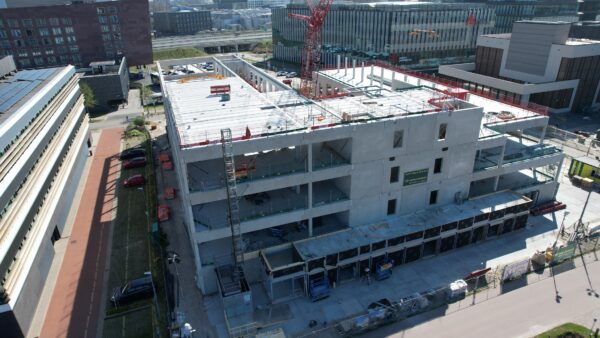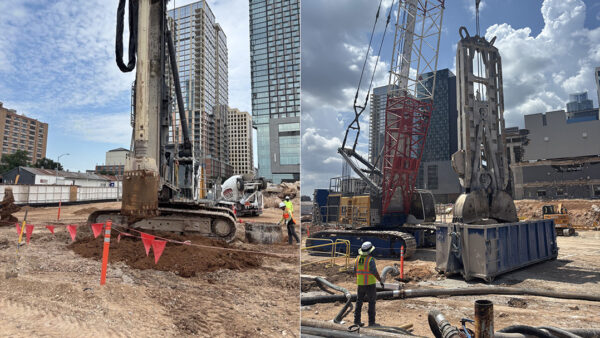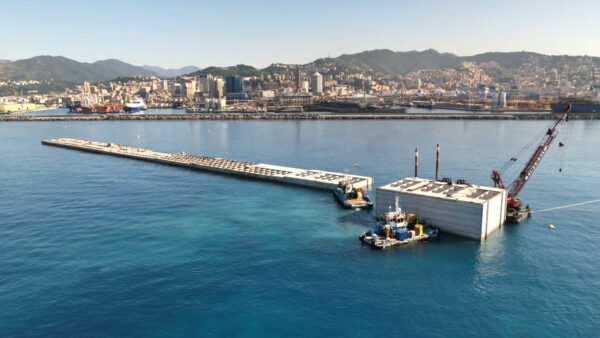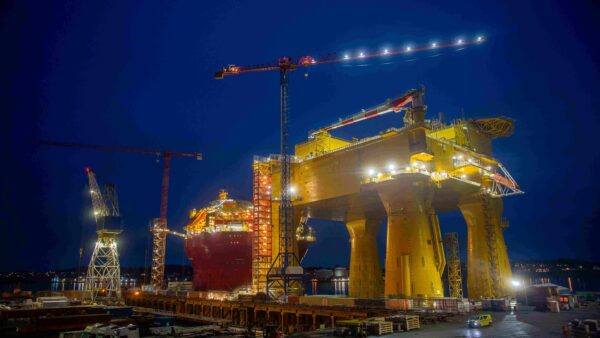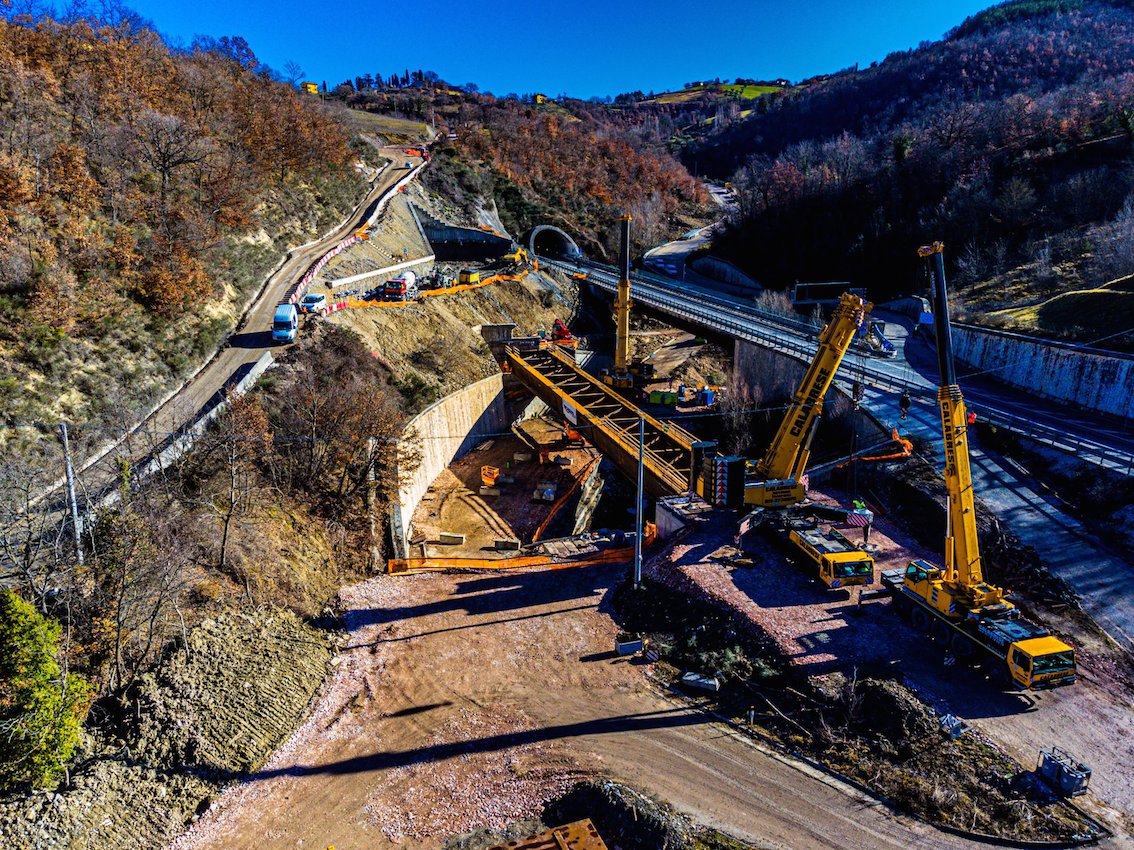
Besix and its Italian partner Donati are doubling Italy’s state road 318 over 3.1km on behalf of the Italian Highway Authority, ANAS. The contract includes the construction of two, two-lane tunnels, a viaduct, and a bridge.
We work 6 days a week, 24 hours a day
Hervé Jourquin, deputy project manager
Besix said two milestones have occurred a year after the start of the work. They were the first excavations of the Casacastalda tunnel and the installation of the steel span of the Calvario bridge.
State road 318 is an axis for east-west connections in Italy. Leaving Perugia, in the direction of Ancona, it passes through the hilly countryside of Umbria.
The contract includes building the tunnels of Casacastalda and Picchiarella, which are 1,545m and 874m long respectively, as well as the 130m Tre Vescovi viaduct and the 60-metre Calvario bridge. These will add two lanes of traffic to the existing road.
On 31 January, the contractors installed the steel span of the Calvario Bridge, a 246-tonne steel structure that they first assembled on the ground before lifting it with two cranes, a 500-tonne one and an 800-tonne one.
Hervé Jourquin, Besix’s deputy project manager on the site, said: “Because of the presence of electricity poles, which required one of the cranes to be moved during the operation, the installation had to be carried out in two stages, an additional challenge that was brilliantly met by the site teams.
“The next step will be to install the concrete pre-slabs and pour the reinforced concrete deck structure. From the end of March, the site machinery will be able to use it, which will facilitate traffic on site.”
The asphalt will not be laid until the end of the work in two years.
Before the end of the year, the span of the Tre Vescovi viaduct will also be installed. The method here will be different, as the span will be pushed instead of being lifted after being assembled at one end.
On 4 February, machines began digging from both ends of the longer Casacastalda tunnel.
“We are using a traditional method, digging meter by meter and gradually installing steel beams,” Hervé said. “These form a metal ring in contact with the rock onto which concrete is sprayed.”
The final tunnel, which motorists will see, will be built in this first safety tunnel.
Hervé said: “For the structure of the tunnel, we are using a technique called ‘arco rovescio’. We make an arch on the upper part, supported by a lower arch. This requires the lower part to be poured quickly to hold the arches in the concrete.”
For the upper part, operations will use a rail technique to carry out the formwork, waterproofing and injection of the cap.
“We work 6 days a week, 24 hours a day,” said Hervé. “In all, with the shifts that this involves, we will have 80 people working on this tunnel, and between 120 and 150 with the Picchiarella tunnel, which will be built using the same method.”
The excavation of the second tunnel is expected to start in mid-2022. In all, the two tunnels will require 8,240 tons of steel just for the consolidation of the excavation operations and a further 4,060 tons for the reinforcement.


